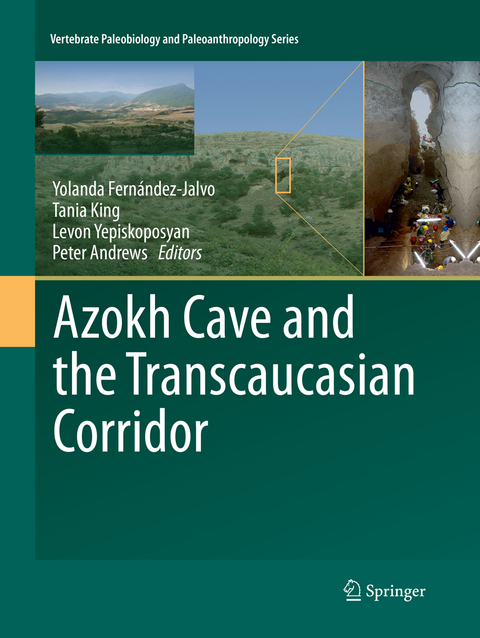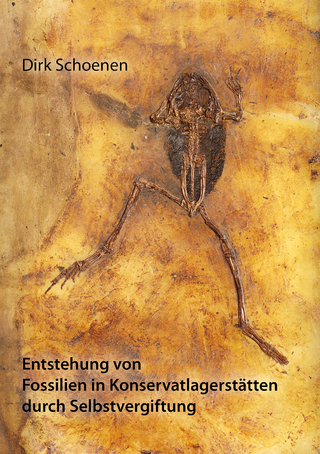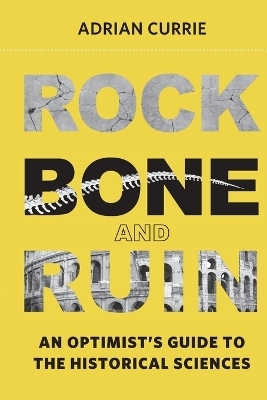
Azokh Cave and the Transcaucasian Corridor
Springer International Publishing (Verlag)
978-3-319-79700-7 (ISBN)
Dr. Yolanda Fernandez-Jalvo is a researcher at the Museo Nacional de Ciencias Naturales (CSIC), Spain in the Department of Paleobiology. Dr. Tania King is co-Director with Dr. Fernández-Jalvo of the Azokh Project and afiliated to the Blandford Museum, UK. Dr. Peter Andrews is a research scientist in the Department of Palaeontology, The Natural History Museum, London. Dr. Levon Yepiskoposyan is Head of the Human Genetics Group at the Institute of Molecular Biology in the National Academy of Sciences, Armenia.
Introduction: Azokh Caves and the Transcaucasian corridor.- Stratigraphy and Sedimentology of Azokh Caves, South Caucasus.- Geology and Geomorphology of Azokh Caves.- Lithic Assemblages Recovered from Azokh 1.- Azokh Cave Hominin Remains.- The New Material of Large Mammals from Azokh and Comments on the Older Collections.- Rodents, Lagomorphs and Insectivores from Azokh Cave.- Bats from Azokh Caves.- Amphibians and Squamate Reptiles from Azokh 1.- Taphonomy and Site Formation of Azokh 1.- Bone Diagenesis at Azokh Caves.- Coprolites, Paleogenomics and Bone Content Analysis.- Palaeoenvironmental Context of Coprolites and Plant Microfossils from Unit II, Azokh 1.- Charcoal Remains from Azokh 1: Preliminary Results.- Paleoecology of Azokh 1.- Appendices.
| Erscheinungsdatum | 05.03.2022 |
|---|---|
| Reihe/Serie | Vertebrate Paleobiology and Paleoanthropology |
| Zusatzinfo | XVII, 349 p. 174 illus., 67 illus. in color. |
| Verlagsort | Cham |
| Sprache | englisch |
| Maße | 210 x 279 mm |
| Gewicht | 8942 g |
| Themenwelt | Geisteswissenschaften ► Archäologie |
| Naturwissenschaften ► Geowissenschaften ► Mineralogie / Paläontologie | |
| Sozialwissenschaften ► Ethnologie | |
| Schlagworte | Azerbaijan • Azokh cave complex • Middle Pleistocene to Holocene • Nagorno Karabagh • paleontology and archeology |
| ISBN-10 | 3-319-79700-X / 331979700X |
| ISBN-13 | 978-3-319-79700-7 / 9783319797007 |
| Zustand | Neuware |
| Haben Sie eine Frage zum Produkt? |
aus dem Bereich


